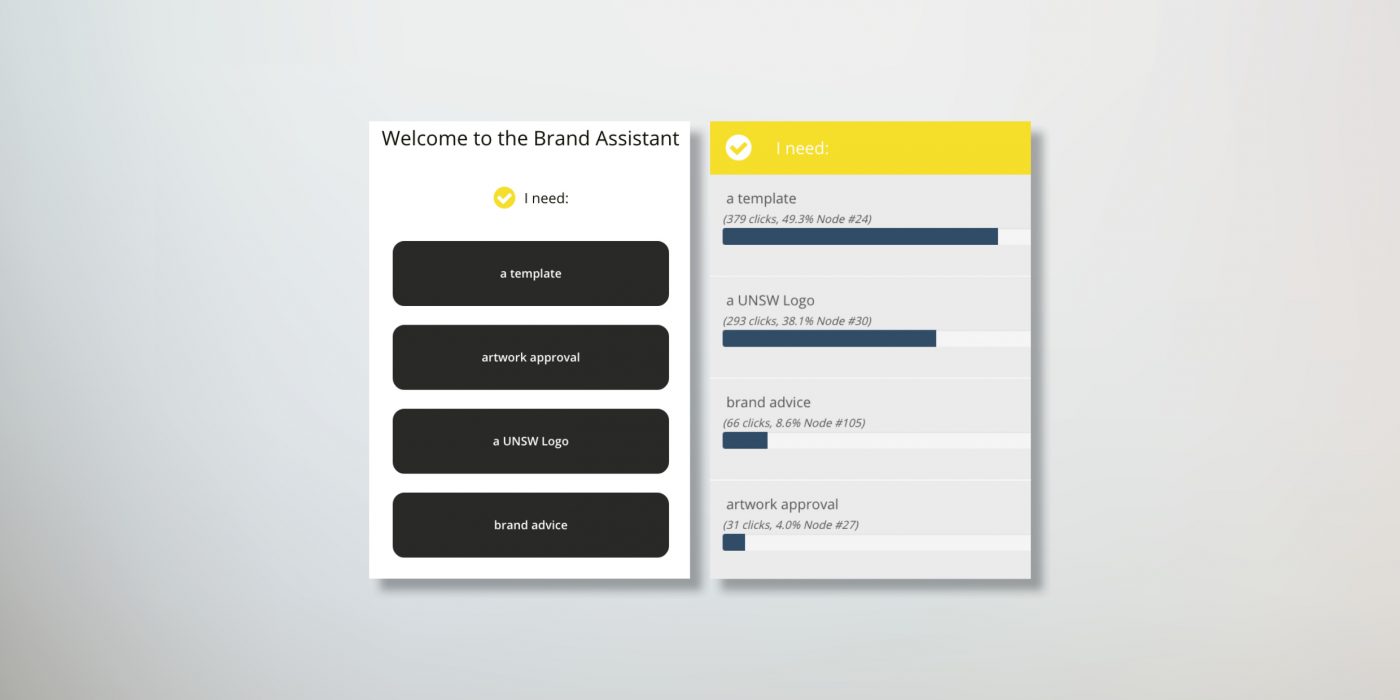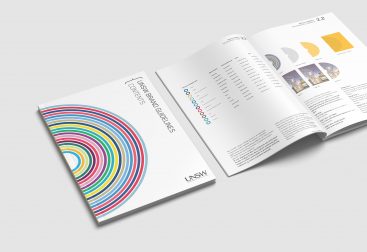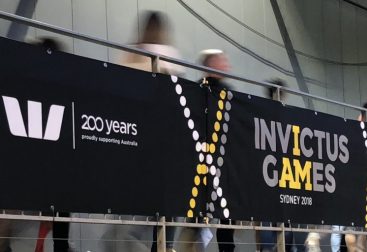The Virtual Brand Assistant available through the UNSW Brand Hub is an interactive troubleshooting process and workflow, taking a holistic view of all related staff interactions, and supporting materials. Involving the use of customer journey maps, in this case UNSW staff members, which tell the story of different staff interactions.
Scope and Constraints
Creating a service design process focusing on creating optimal and consistent service experiences for internal and external UNSW stakeholders.
Process and what I did
In order to create solutions, I explored the different ways the brand was used through the creation of personas.

Empathy Map
Creating an empathy map allowed me to empathise and synthesise my observations, and draw out unexpected insights about the user’s needs. What was consistent across all personas, were the types of questions they had. The only differentiators were the outcomes for each persona, as they would vary depending on who they were.

Feedback:
“I don’t want to use yellow, can I change it?”
“The brand system takes up too much space.”
“Can I create my own logo for my new project?”
“Where can I get a logo from?”
“I need advice.”
“I need a template, I’ve been creating my own.”
“Which logo do I use, we just had a brand change last year?”
Customer Journey Mapping
Mapping out the process of each persona revealed issues with inconsistent brand advice. It helped determine how the personas interact with the brand and what risks we were willing to take in regards to the universities reputation.
Example outcome:
Students were not able to use the UNSW logo unless they were a final year PhD student for inclusion within their PhD submission. The PhD student is then directed to the location of where to find a logo and how to obtain brand approval.
Goals
What capabilities will the users need and actions will they need to perform to achieve these goals?
- Disseminate the Correct Processes
Make the processes for applying UNSW branding readily and freely available, with explanations of the specifications for different media. Include targeted language that addresses the key audiences who use, and design with, the brand. - Raise the Level of Underlying Brand Awareness
Inform internal and external brand users of the importance of the UNSW branding to foster a culture of improved brand representation. - Reduce the Amount of Brand Non-Compliance
Enable users and designers of the UNSW brand, with varying skill levels and roles, to successfully apply the brand to the artefacts they produce day to day. - Ensure Successful Brand Application to All Areas
Ensure that users and designers of the UNSW brand understand the underlying principles of the brand, so that they can apply it successfully to areas that may otherwise not be specified in the guidelines. - Reduce Creative Services Workload
Reduce the workload of Creative Services ensuring that agencies and university staff know when they should engage Creative Services, and when to acquire resources and templates through self service.
Outcome and Lessons
With the establishment of how the users interact with the brand, further resources were created. Users didn’t want to engage with a 200-page PDF brand guide document. They wanted to get access to information quickly in one central location. See Brand Hub, e-learning.
“I need a template”
“I need artwork approval”
“I need a logo”
“I need brand usage advice”
769 clicks
in its first week
90% decrease
in brand enquiries
Conclusion
To ensure staff and students were aware of these resources, at the end of the project I conducted Lunch and Learn face to face workshops. These workshops were promoted through internal comms e-newsletters, TV screens on campus and the Human Resources department.




